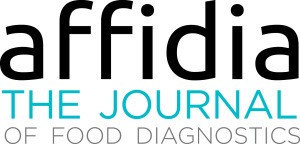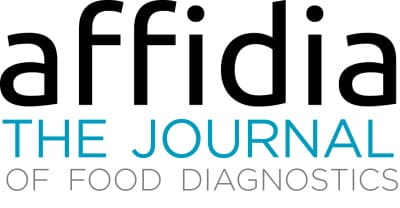Food Safety: Allergens - gluten
Precautionary Allergen Labelling (PAL) - eHandbook
03/03/2023
Rene Crevel, Steven M. Gendel, Jasmine Lacis-Lee, Maurizio Paleologo, Bert Popping, Comaine van Zijl
“Education of consumers, healthcare providers, food business operators, risk assessors and risk managers is critical to PAL management” (FAO/WHO 2021) Introduction What is PAL? PAL means precautionary allergen labelling. It is sometimes also referred to as the “ [...]


















